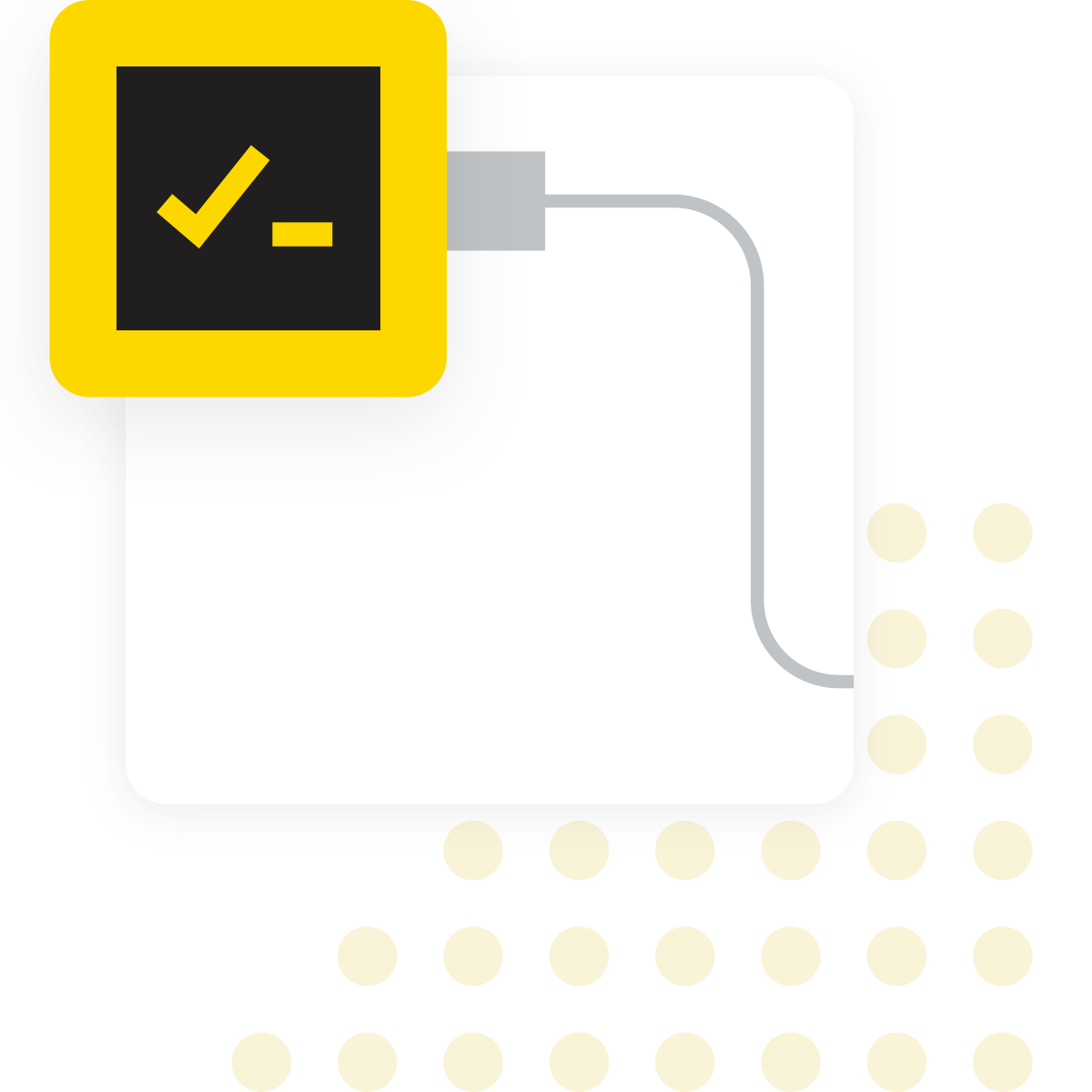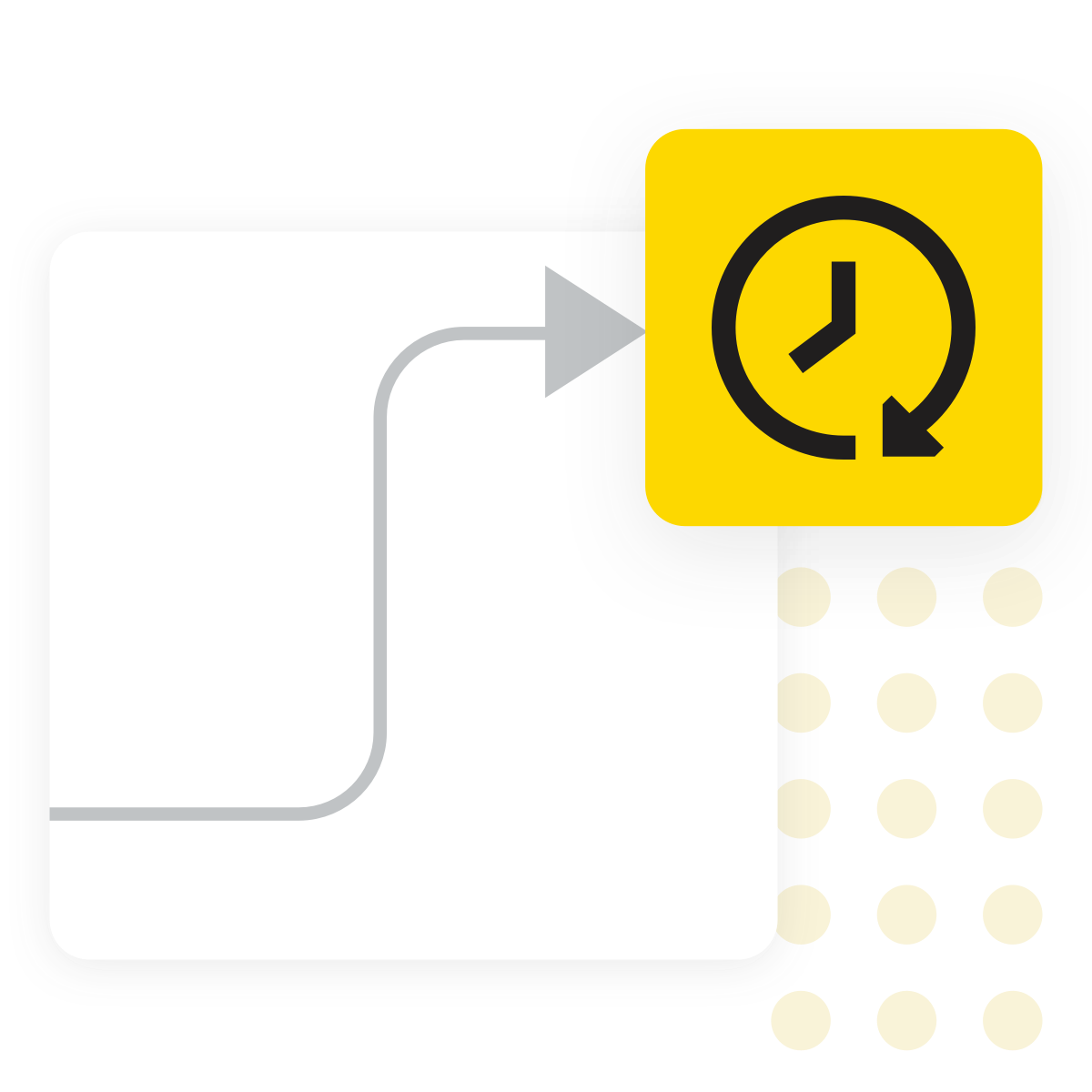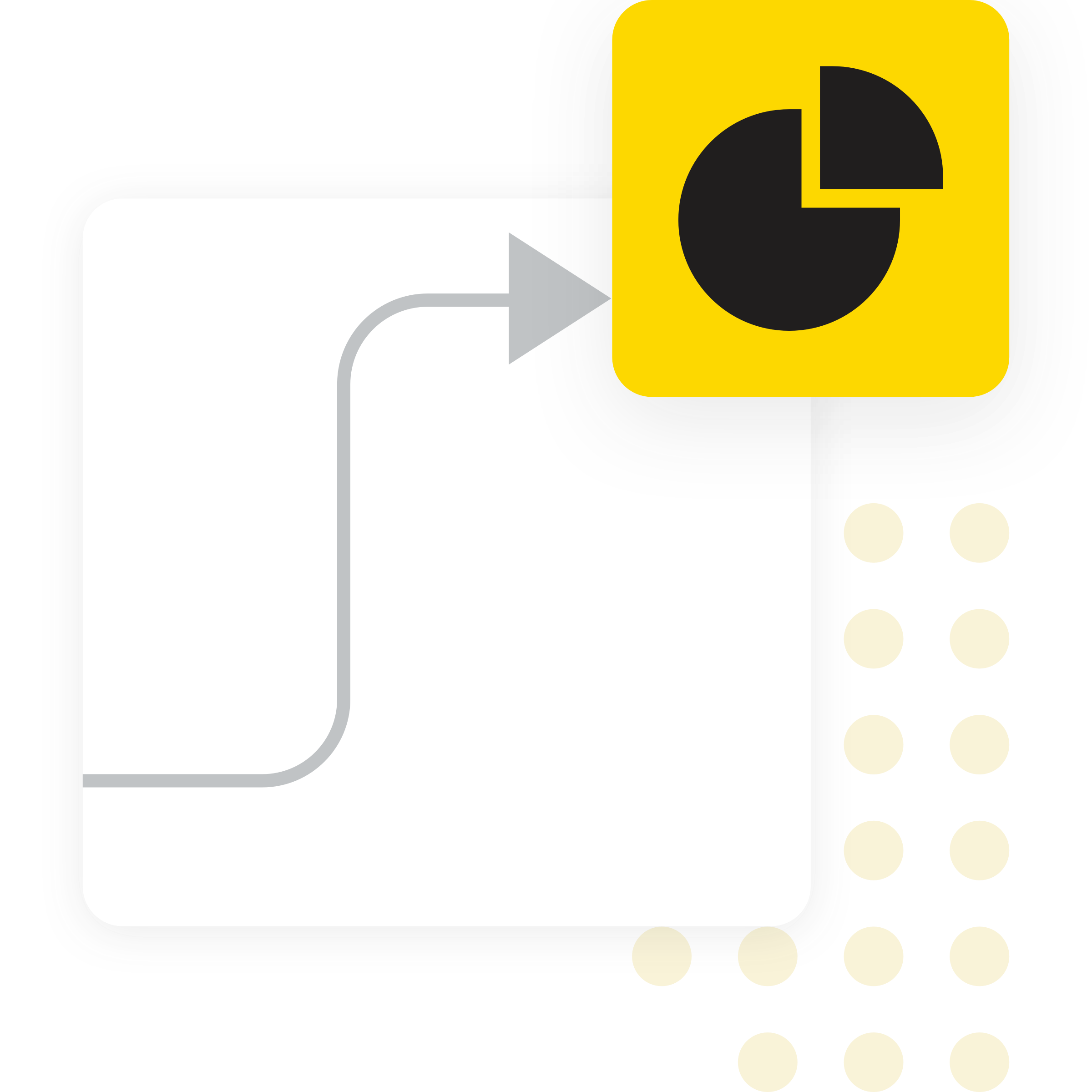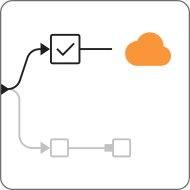Credit Scoring with KNIME
Credit scoring is central to making sound lending decisions. With KNIME, you can build transparent, explainable credit scoring workflows that combine data preparation, model training, and performance evaluation, all without writing code.
KNIME Workflow Example for Credit Scoring
This example workflow walks through a simple but complete credit scoring process using Machine Learning:
- Data access and preprocessing
- Normalization of numeric variables
- Classification using Random Forest
- Evaluation using ROC Curve
Why use KNIME for Credit Scoring

What is credit scoring?
Credit scoring is the process of estimating how likely a borrower is to repay a loan. This involves training a classification model on past credit data to predict the risk of default.

Why does it matter?
Credit scores help financial institutions make informed lending decisions. A good model minimizes risk, improves approval accuracy, and supports compliance with regulatory expectations for transparency and fairness.

Typical challenges
- Preparing heterogeneous or incomplete customer data
- Selecting models that balance predictive accuracy and interpretability
- Handling class imbalance between defaults and non-defaults
- Making models explainable to non-technical users and auditors

Benefits of using KNIME
- Visual workflows for the entire process from reading and cleaning data to model training and deployment, no programming needed
- Transparent modeling with visual workflows makes it easier to explain predictions
- Schedule and automate the process, making it easy to integrate scoring into daily operations
How to use KNIME for Credit Scoring

Performance Evaluation and Visualization
Review model effectiveness with the Confusion Matrix and ROC Curve, and examine key metrics such as accuracy, precision, recall, and threshold settings provided by the Scorer node, and then visualize it using the relevant KNIME visualization nodes.
How to Get Started
Additional Resources
Collection page: KNIME for Finance
A set of ready-to-use solutions designed to speed up analytics transformations in finance departments.
YouTube Playlist: KNIME for Finance
A playlist of videos on using KNIME to solve common tasks in finance departments.
FAQ
Yes. Replace the file reader input node with your own data file or database connector.
KNIME has nodes for handling missing values and adapting workflows to new inputs. Use Missing Value, Rule Engine, or Domain Calculator to address these issues.
In KNIME, you can use classification models such as Decision Trees, Logistic Regression, XGBoost, Neural Networks, Support Vector Machines, Naive Bayes, etc.
Definitely. You can replace the Random Forest Learner with more sophisticated learners like XGBoost or Neural Networks while keeping the rest of the workflow intact.
You can run the scoring workflow on new applicant data, schedule the workflow, or integrate it into a real-time service using one of KNIME’s paid plans.



